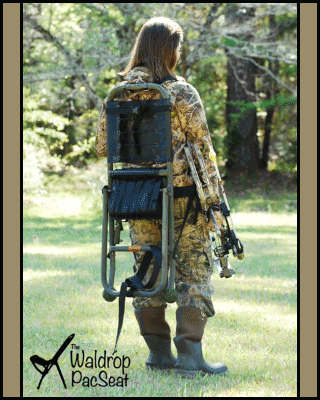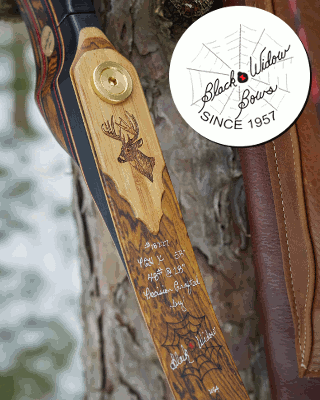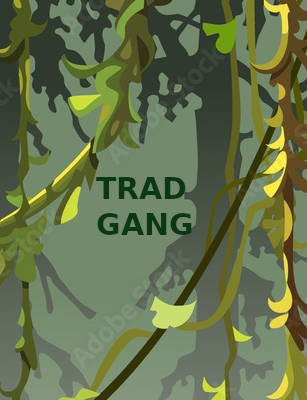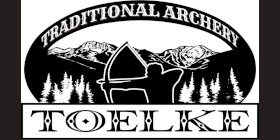Chad,
The reciprocity law says that for every stop you close down, the shutter speed should be twice as long. In your case, your 200 @ f/4 is equal to 100 @ f/5.6, 60 @ f/8, 30 @ f/11, 15 @ f/16, 8 @ f/22, and 4 @ f/32. These relationships hold for normal exposure times. As exposures get very long or very short you encounter a phenominon called reciprocity failure and you have to compensate for that in your exposure.
That said, to get the water to blur you need your exposure time to be on the order of half a second or longer. The longer the exposure the more blurred the water. Your problem with this image, however, is more a problem of contrast. As luv2bowhunt says, film has a limited ability to register contrast. Your "average" film will register about 5 stops between white and black. What you see with your eyes, though is usually about 7 stops between white and black. Your average scene has about 7 to 8 stops of light difference between fully illuminated and fully in shadow. So you can see the problem: film cannot replicate what you see or what is potentially in the scene unless you start messing with development times etc. (ie. the Zone System).
So the solution to your problem in this image is two fold: decrease the contrast of the scene to the point that your film can record it, and lengthen your exposure time to blur the water.
As was stated above, coming back in the early morning or late evening so the light is not as directly illuminating the scene, or shooting it on a cloudy day when the light is flatter will solve the contrast problems. Coincidentally, there will also be less light on the scene so you can get longer exposures with the aperture choices you have on your lens. If the light is still too much to get a longer exposure, throw a polarizer or a neutral density filter on.
One aditional problem with that image that hasn't been raised is that the people are back lit and thus have underexposed faces. You need to get some light on their faces either with a flash with a fresnel on it, with a reflector bouncng sunlight on it, or by positioning them so their faces are into the light. Otherwise they just dissappear in the image.
Hope this helped.
-Fritz




















